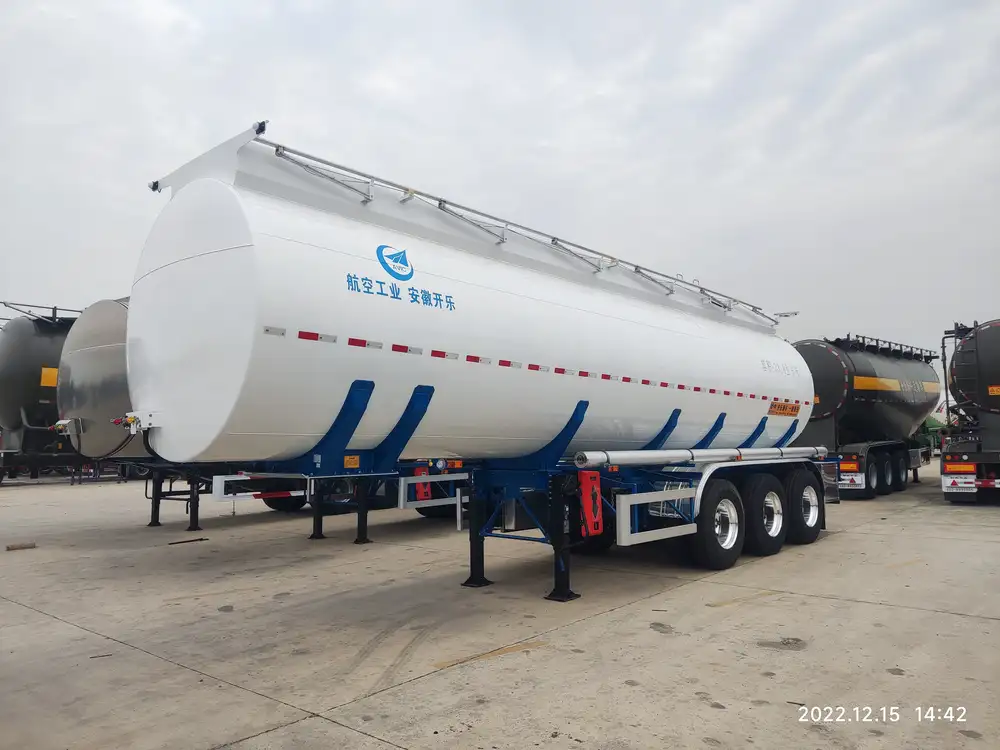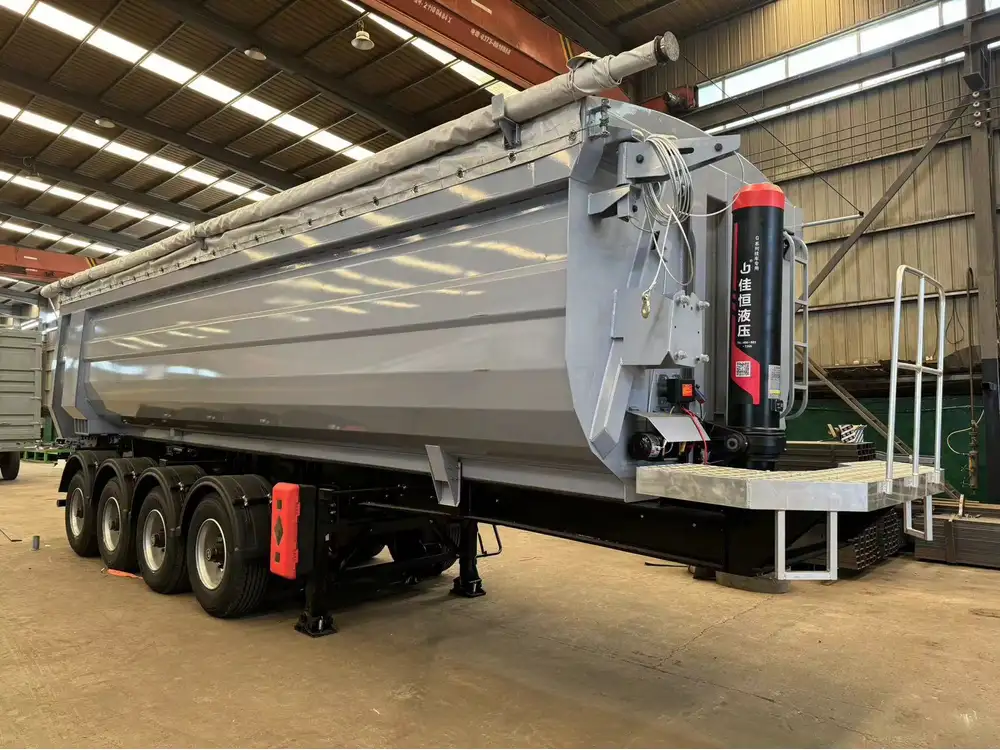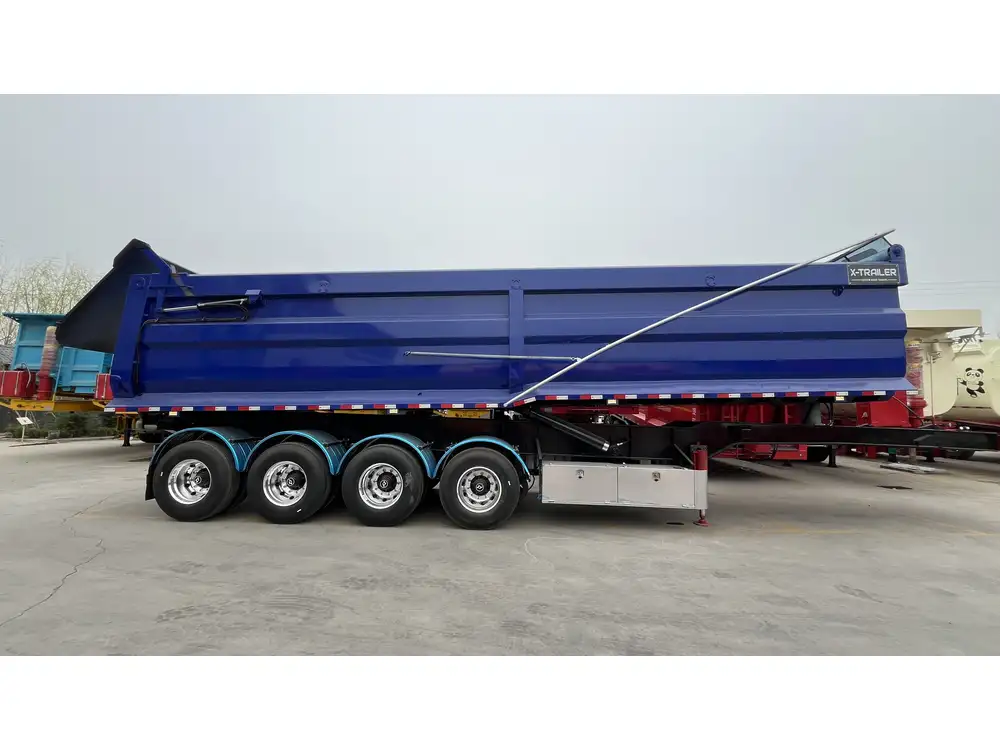Loading a shipping container onto a semi-trailer might seem straightforward at first glance, but it requires careful planning and execution. This endeavor is crucial for ensuring safety, maximizing efficiency, and complying with regulations. Below, we delve into various aspects of successfully loading a shipping container onto a trailer, providing a detailed, step-by-step guide to facilitate the process.
Understanding the Basics of Container Loading
Container Specifications
Before loading, it’s essential to be familiar with the standard shipping container sizes and specifications, as this knowledge significantly influences loading methods. Most commonly used containers include:
| Container Type | Length | Width | Height |
|---|---|---|---|
| Standard Container | 20 ft | 8 ft | 8.5 ft |
| High Cube Container | 40 ft | 8 ft | 9.5 ft |
| Reefer Container | 40 ft | 8 ft | 9.5 ft |
Understanding weight limits is equally critical. Containers typically have a maximum gross weight that should not exceed 30,480 kg (67,200 lbs) for a standard 20-foot container, and up to 32,500 kg (71,650 lbs) for a 40-foot container.

Trailer Selection
Choosing the right trailer depends on several factors, such as:
- Type of Cargo: The nature of the goods influences the trailer type (e.g., flatbed, step deck, or lowboy).
- Container Size: Ensure the trailer can accommodate the length and height of the container.
- Weight Distribution: Select a trailer designed for balanced weight distribution to prevent accidents and enhance safety.
Pre-Loading Preparation Steps
1. Site Assessment
Conduct a thorough evaluation of the area where the loading will occur. Considerations include:
- Space Availability: Ensure there is ample room for maneuvering the trailer and container.
- Ground Conditions: The surface should be stable and level to prevent any tipping or sliding during the loading process.

2. Equipment Preparation
Ensuring all necessary equipment is on hand and functional is critical. Standard tools and equipment include:
- Forklift: Essential for lifting and positioning the shipping container onto the trailer.
- Ramps: Make loading easier and safer, particularly for heavier containers.
- Straps and Chains: Required for securing the container once loaded.
3. Personnel Training
It’s imperative that all personnel involved in loading are trained in safety regulations and operational procedures. Key areas to emphasize include:
- Proper Use of Equipment: Ensure familiarity with forklifts, ramps, and securing methods.
- Safety Protocols: Emphasize the importance of personal protective equipment (PPE) and emergency preparedness.
The Loading Process: Step-by-Step Guide

Step 1: Positioning the Trailer
The trailer should be aligned appropriately beneath the loading area. Ensure the following:
- Stability: The trailer’s wheels should be chocked or secured to prevent movement during loading.
- Alignment: Verify that the trailer is centered with loading ramps (if used) for a smooth transition.
Step 2: Forklift Operation
Once the trailer is in position, use the forklift to lift the container.
- Fork Positioning: Adjust the forklift’s forks to securely fit into the opening of the container.
- Lift Height: Lift the container to a height that aligns with the trailer bed.
- Horizontal Movement: Carefully maneuver the container horizontally towards the trailer.
Step 3: Placement on the Trailer
As you lower the shipping container onto the trailer, ensure:
- Exact Placement: The container should rest evenly on the trailer to maintain a balanced load.
- Clearance Check: Confirm that there is adequate clearance between the container and the trailer walls to avoid any potential damage.

Step 4: Securing the Container
Properly securing the shipping container is critical for safety during transit.
- Use of Straps and Chains: Employ heavy-duty chains or ratchet straps to secure the container at multiple points.
- Tension Check: Ensure that the straps or chains are tightly secured and check for any slack.
- Inspection: Conduct a thorough inspection post-securing to ensure everything is tight and properly positioned.
Post-Loading Inspection and Considerations
1. Final Inspection
After loading, a comprehensive inspection should be conducted. Focus on:
- Weight Distribution: Ensure that the weight is evenly distributed across the trailer.
- Securing Mechanisms: Confirm that all securing mechanisms are intact and functioning properly.

2. Regulatory Compliance
It’s important to adhere to all relevant regulations pertaining to shipping and transportation.
- Documentation: Ensure all shipping documents are in order and that weights are logged accurately.
- Local and International Laws: Be aware of regulations that may affect your load, especially if shipping across borders.
3. Monitoring During Transit
Once the container is on the road, continuous monitoring is vital:
- Vehicle Stability: Monitor for any shifts or movements that may occur during transit.
- Regular Checks: Conduct periodic stops to recheck securing mechanisms and load stability.
Conclusion
Loading a shipping container onto a trailer involves meticulous planning and execution. From site assessment to the post-loading inspection, each step plays a vital role in ensuring a smooth and efficient loading process. By adhering to the guidelines outlined here, one can achieve optimal efficiency, maintain safety, and enhance the overall shipping experience.
Incorporating these practices not only facilitates the transport of goods but also marries safety with efficiency, paving the way for successful logistics operations in our fast-paced economy. With proper preparation and diligence, loading a shipping container on a trailer can become a streamlined process, capable of meeting the demands of modern shipping challenges.



